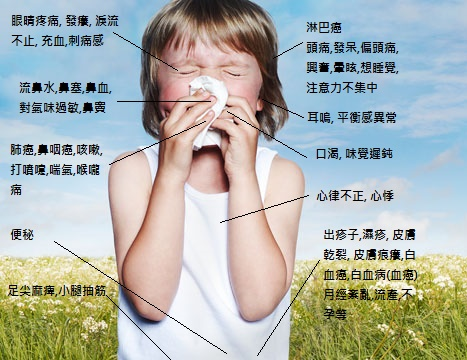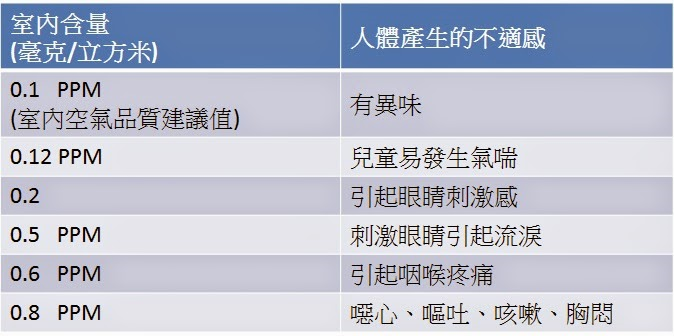How likely is formaldehyde to cause cancer?
The Department of Health and Human Services (HHS) determined in 2011 that formaldehyde is a known human carcinogen based on sufficient human and animal inhalation studies.
Formaldehyde Compound Health Effects
Low level (< 0.5 ppm): 
Nasal and eye irritation, neurological effects, and increased risk of asthma and/or allergy have been observed in humans breathing 0.1 to 0.5 ppm . Immune system cellular alterations from long-term exposures. Reports of nose and upper respiratory symptoms, and lower forced vital capacity. Alterations in nasal cells. Exposure in children led to greater rates of asthma and chronic bronchitis, peak expiratory flow decreased as well. Children self reporting of symptoms decreased when moved from levels 0.075-0.043 ppm to levels 0.023-0.029 ppm.
Medium level (0.5 – 2 ppm): 

Eczema and changes in lung function have been observed at 0.6 to 1.9 ppm. 6 minute exposure to workers had significant irritant response at 1 ppm. For 0.5-0.9 ppm exposure over 14 week study, lab workers had small decrease in peak expiratory flow during first 4 weeks of exposure; no difference after week 4. Increase in DNA cross links after long term (14 years) exposure. Worker complaints of odor, prickling sensation in nose, and disturbed sleep.
High level (> 2 ppm): 


Irritated eyes, nose, throat, headache, odor detection, cough, tight chest, wheezing, and shortness of breath. One study found smaller forced exhalation volume. Possible increased risk of lung cancer from long term exposure.
Very high level (> 50 ppm): 



Injury to airways and alveoli leading to fluid in the lungs.
NOTE: Decreased body weight, gastrointestinal ulcers, liver and kidney damage were observed in animals orally exposed to 50–100 milligrams/kilogram/day (mg/kg/day) formaldehyde.
 plywood and 0.3 ppm for particle board. The HUD standards are designed to provide an ambient air level of 0.4 ppm or less in manufactured housing.
plywood and 0.3 ppm for particle board. The HUD standards are designed to provide an ambient air level of 0.4 ppm or less in manufactured housing.





